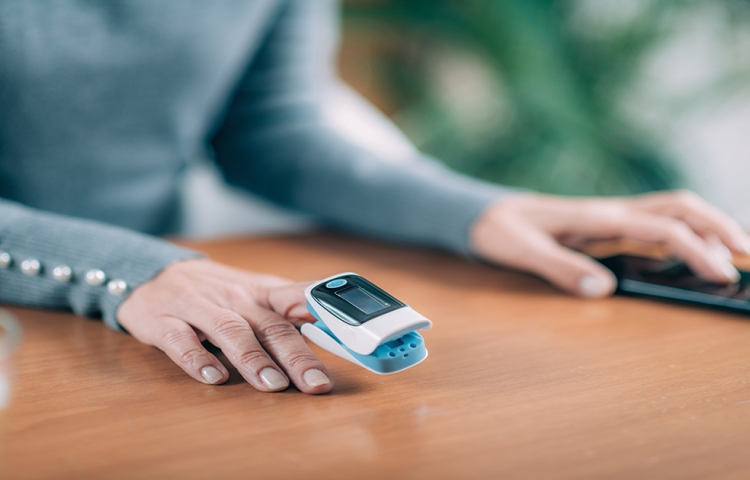
Fundamentals of RPM: Your Health, Your Data, Your Device, Your Choice
By Thom Erickson, Director of Technical Standards, Personal Connected Health Alliance
Remote Patient Monitoring provides physiological measurements to help you observe your symptoms and know when it’s time to go to the hospital. This data is proving invaluable during the COVID pandemic as detection of falling blood oxygen levels enables early intervention critical to treating and surviving the COVID-19 virus.
There are a number of products that offer connectivity between sensors and electronic health record systems. However, if you want the freedom to choose your favorite combination of devices, then you want interoperability that allows any sensor to connect to any device and any health record system.
Today anyone can use any device of their choice to exchange messages with trusted individuals using applications such as text and email. This is possible because the manufacturers have all agreed to comply with the same set of open standards that describe specific mechanisms to enable this exchange of information.
Likewise, the ability to measure your vital signs using the device of your choice and share it with trusted individuals (e.g. your doctor) is also possible through the agreed upon use of open standards. This collection of standards is developed to measure and communicate medical-grade data along with the necessary metadata to support clinical decisions and prescribe the best course of treatment for you.
A global team of industry experts working within the IEEE agree upon the personal health data that is essential to support clinical decisions, within Bluetooth to agree upon the most efficient method to transport this vital information, within HL7 to agree on a common representation of this health data to ensure quick and accurate understanding by tending clinicians. A number of other industry organizations round out the collection of open standards necessary for it to just work.
The Personal Connected Health Alliance has available today a home to provider solution that guides manufacturers on how to quickly implement open standards-based solutions that allows any sensor to connect to any gateway and any clinical health record system. The patient at home or in the hospital can monitor their temperature, blood pressure, heart-rate, blood oxygen level, glucose levels and weight to provide a holistic picture of their well-being without direct contact with their doctor until medical intervention is required for successful outcome.
Engage your engineering and product teams today to learn more about how you can quickly and easily provide remote patient monitoring products to meet the rapidly growing demand for interoperable solutions that keep doctors safe and patients empowered.
Learn more about the design guidelines, commercial ready software and conformance assessment testing available today.
The next blog in this series provides more detail on collecting medical-grade data and transporting it to a gateway or health service in the cloud.




